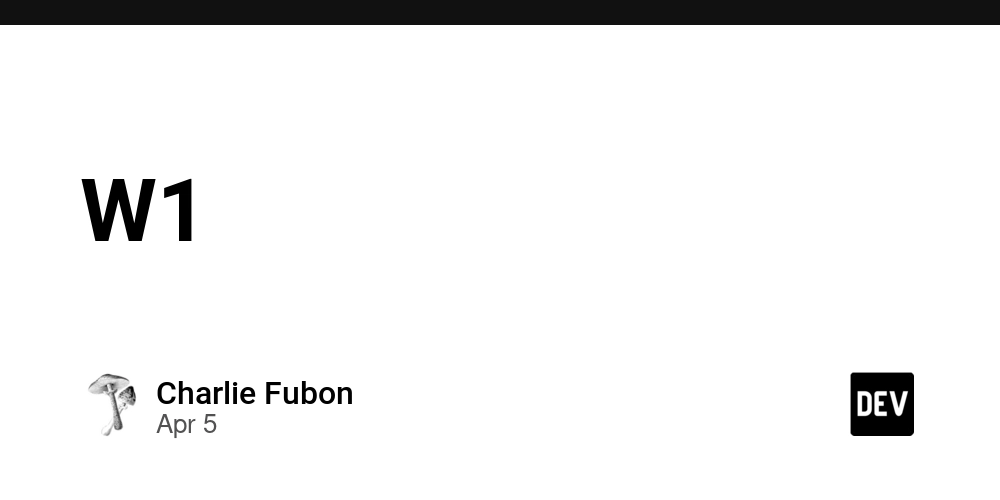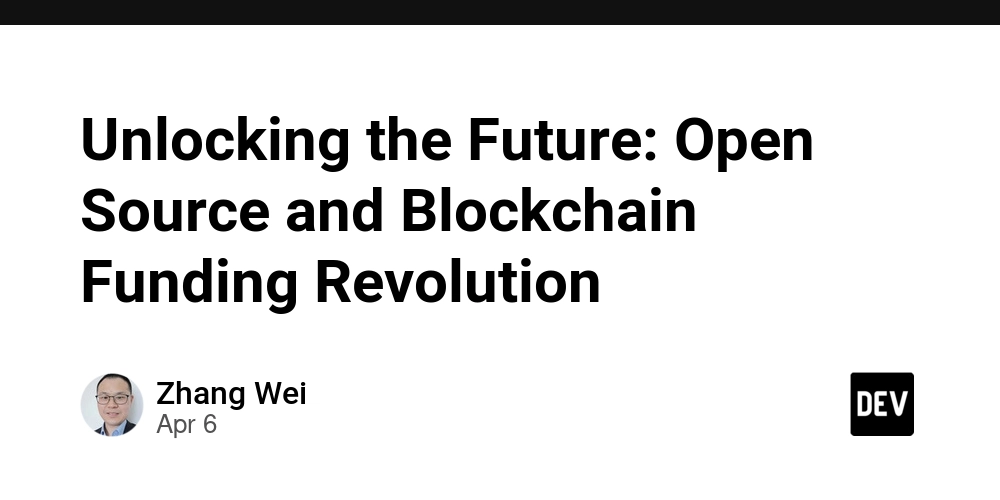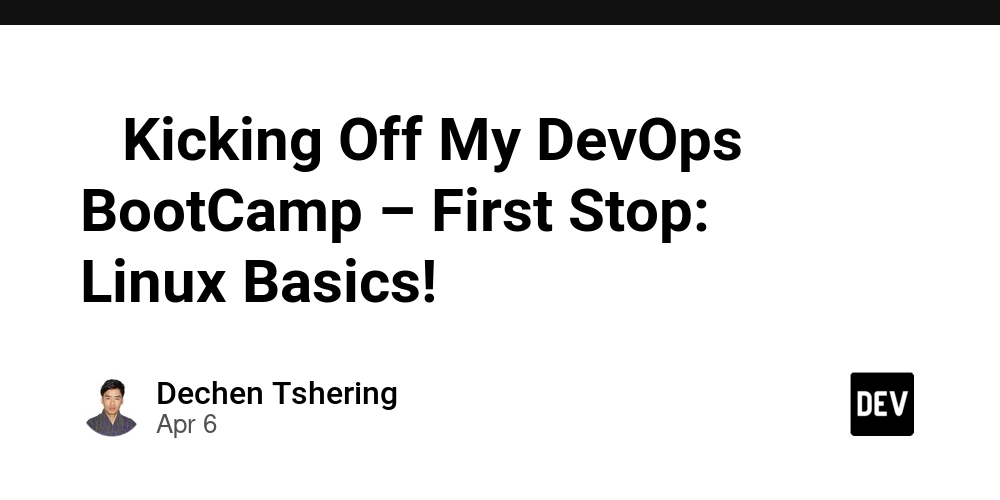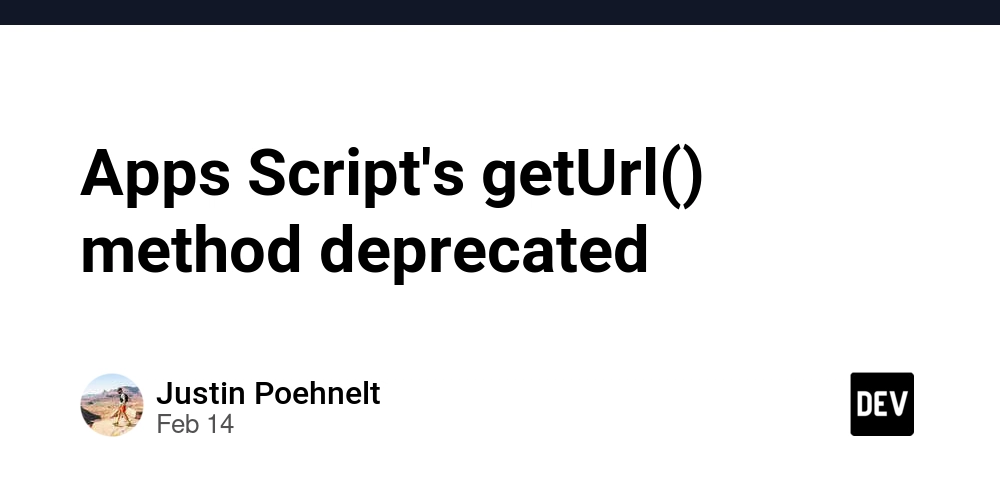Okay, let's implement the solution that addresses all requirements: correct model value for W360, correct UI display name, and correct reversion/clearing behavior.
This involves:
Simplifying autoSelect... functions: They will now only determine and set the base risk profile value (10-90).
Centralizing Logic in the Listener: The listener (updateUaRiskProfile) will handle:
Clearing the field on planType change.
Applying the +1 adjustment after a base value is set (by autoSelect... or direct dropdown change) if planType is '18'.
Modifying UI Display: The dropdown widget's display logic (updateInputDisplay) will map the adjusted model value back to the correct display name.
Step 1: Define/Keep the Helper Function (ProductModelHelpers.js)
Make sure this function exists and is correct:
/**
* Adjusts the risk profile value (+1) if the product is FHSA (planType '18').
* Assumes baseValue is a string potentially representing a number.
* Handles non-numeric baseValues gracefully by returning them unchanged.
*
* @param {string} baseValue - The original risk profile value (e.g., "30", "90").
* @param {Backbone.Model} product - The product model instance.
* @returns {string} The potentially adjusted risk profile value.
*/
var _adjustRiskProfileForFHSA = function(baseValue, product) {
var finalValue = baseValue;
// Check for FHSA (planType '18') and if baseValue is a string we can potentially parse
if (product && product.get(ddField.Product.planType.id) === '18' && baseValue && typeof baseValue === 'string') {
var parsedValue = parseInt(baseValue, 10);
// Only adjust if it parsed correctly to a number
if (!isNaN(parsedValue)) {
finalValue = (parsedValue + 1).toString();
}
}
return finalValue;
};
content_copy
download
Use code with caution.
JavaScript
Step 2: Simplify autoSelect... Functions (ProductModelHelpers.js)
Remove the _adjustRiskProfileForFHSA calls from within these functions. They should only set the base value or unset.
In autoSelectUaRiskProfile (Prospectus Exempt Case - around line 717):
// --- Simplified Prospectus Exempt Case ---
} else if (holdProspectusExemptFund === ddEnum.YesNo.YES) {
var baseValue = ddEnum.UARiskProfile.PROSPECTUS_EXEMPT_FUND; // Get base "90"
var uaRiskProfileFieldId = ddField.Client.investmentObjectiveRisk.id + '.' + ddField.InvestmentObjectiveRisk.uaRiskProfile.id; // Original path
// Set the BASE value. Listener will adjust if needed.
if (product.get(uaRiskProfileFieldId) !== baseValue) {
product.set(uaRiskProfileFieldId, baseValue);
}
} else if (holdProspectusExemptFund === ddEnum.YesNo.NO) { // ... continue
// --- End Simplification ---
content_copy
download
Use code with caution.
JavaScript
In autoSelectUaRiskProfileForSingleOption (Single Option Case - around line 734):
// --- Simplified Single Option Case ---
if (uaRiskProfileOptions.length === 1) {
var choice = uaRiskProfileOptions[0];
var baseValue = choice.key; // Get base key (e.g., "30")
var uaRiskProfileFieldId = ddField.Client.investmentObjectiveRisk.id + '.' + ddField.InvestmentObjectiveRisk.uaRiskProfile.id; // Original path
// Set the BASE value. Listener will adjust if needed.
if (product.get(uaRiskProfileFieldId) !== baseValue) {
product.set(uaRiskProfileFieldId, baseValue);
}
} else {
// --- Existing logic for multiple/zero options ---
var existingChoiceValid = false;
var uaRiskProfileFieldId = ddField.Client.investmentObjectiveRisk.id + '.' + ddField.InvestmentObjectiveRisk.uaRiskProfile.id; // Original path
var existingUaRiskProfile = product.get(uaRiskProfileFieldId);
if (existingUaRiskProfile) {
// Check if the existing BASE value is still among the valid options
// NOTE: This loop assumes existingUaRiskProfile holds the BASE value.
// If it could hold an adjusted value ("31"), this check needs refinement,
// but simplifying autoSelect should prevent that state here.
for (var i = 0; i < uaRiskProfileOptions.length; i++) {
if (uaRiskProfileOptions[i].key === existingUaRiskProfile) {
existingChoiceValid = true;
break;
}
}
}
// If existing value isn't valid anymore (or wasn't there), unset it.
if (!existingChoiceValid && existingUaRiskProfile !== undefined) {
product.unset(uaRiskProfileFieldId);
}
// --- End Existing logic ---
}
// --- End Simplification ---
content_copy
download
Use code with caution.
JavaScript
Step 3: Update the Listener Handler (ProductModelHelpers.js)
Modify productModelHelpers.updateUaRiskProfile to handle reversion and apply the final adjustment.
// --- Revised Listener Function (e.g., updateUaRiskProfile) ---
productModelHelpers.updateUaRiskProfile = function(attributes) {
var context = this;
var product = context.product;
// *** IMPORTANT: Use the field path consistent with where the value is stored/read ***
// Let's assume it's the Product path based on your confirmation:
var uaRiskProfileFieldId = ddField.Product.investmentObjectiveRisk.id + '.' + ddField.InvestmentObjectiveRisk.uaRiskProfile.id;
var planTypeFieldId = ddField.Product.planType.id;
var planTypeChanged = attributes.hasOwnProperty(planTypeFieldId);
// Check if the specific UA profile field changed, using the assumed Product path
var uaProfileChangedDirectly = attributes.hasOwnProperty(uaRiskProfileFieldId);
// --- Reversion Logic ---
if (planTypeChanged && product.previous(planTypeFieldId) !== undefined) {
if (product.get(uaRiskProfileFieldId) !== undefined) {
product.unset(uaRiskProfileFieldId); // Clear the field
}
return; // Stop processing for this event
}
// --- Adjustment Logic ---
// This should run if uaRiskProfile changed directly OR if another dependency
// (like accountProgram, holdProspectusExemptFund) changed, potentially causing
// autoSelect to set a new base value which triggers this listener again.
// Let's primarily focus on the direct change for adjustment here.
var currentValue = product.get(uaRiskProfileFieldId);
// If the profile exists (wasn't just unset by reversion logic)...
if (currentValue !== undefined) {
// Apply adjustment based on CURRENT planType and CURRENT value
var valueToSet = _adjustRiskProfileForFHSA(currentValue, product);
// If the adjustment actually changed the value, update the model
if (valueToSet !== currentValue) {
// Use silent option if absolutely needed to prevent loops,
// but often not required if the value comparison check is robust.
product.set(uaRiskProfileFieldId, valueToSet /*, {silent: true} */);
}
}
// We might still need to call the original autoSelect logic if triggered
// by fields OTHER than planType or uaRiskProfile itself, to ensure the
// base value gets recalculated correctly based on program/prospectus flag.
// This depends on whether those other fields are also in this listener's fieldIds.
// For now, let's assume the main adjustment happens after a base value is set.
};
content_copy
download
Use code with caution.
JavaScript
Self-Correction: The listener logic needs refinement. When uaProfileChangedDirectly is true, attributes[uaRiskProfileFieldId] holds the new base value set by the dropdown. We need to adjust that. If triggered by something else, currentValue holds the value before any recalculation. The logic needs rethinking slightly.
Let's Refine the Listener Again (Simpler Logic):
// --- Revised Listener Function v2 (e.g., updateUaRiskProfile) ---
productModelHelpers.updateUaRiskProfile = function(attributes) {
var context = this;
var product = context.product;
var uaRiskProfileFieldId = ddField.Product.investmentObjectiveRisk.id + '.' + ddField.InvestmentObjectiveRisk.uaRiskProfile.id; // Assuming Product Path
var planTypeFieldId = ddField.Product.planType.id;
var planTypeChanged = attributes.hasOwnProperty(planTypeFieldId);
// --- Reversion Logic (Keep This) ---
if (planTypeChanged && product.previous(planTypeFieldId) !== undefined) {
if (product.get(uaRiskProfileFieldId) !== undefined) {
product.unset(uaRiskProfileFieldId);
}
return; // Stop processing
}
// --- Adjustment Logic ---
// Get the CURRENT value on the model (which might have just been set to BASE by dropdown or autoSelect)
var currentValue = product.get(uaRiskProfileFieldId);
if (currentValue !== undefined) {
// Calculate what the value SHOULD be based on current state
var valueThatShouldBeSet = _adjustRiskProfileForFHSA(currentValue, product);
// If the model's current value is NOT what it should be, fix it.
if (valueThatShouldBeSet !== currentValue) {
product.set(uaRiskProfileFieldId, valueThatShouldBeSet);
}
}
// This handles:
// 1. Dropdown sets "30". Listener runs. currentValue="30". If FHSA, valueThatShouldBeSet="31". Set "31".
// 2. Prospectus flag changes -> autoSelect sets base "90". Listener runs. currentValue="90". If FHSA, valueThatShouldBeSet="91". Set "91".
// 3. PlanType changes TO FHSA -> Reversion logic unsets. Then user selects "30". Listener runs. currentValue="30". valueThatShouldBeSet="31". Set "31".
// 4. PlanType changes FROM FHSA -> Reversion logic unsets. Correct.
};
content_copy
download
Use code with caution.
JavaScript
Step 4: Modify UI Display Logic (Dropdown.js or similar)
Add the FHSA check inside the function responsible for setting the display text (likely updateInputDisplay).
// Inside Dropdown.js or the specific dropdown component's JS file
dropdown_prototype.updateInputDisplay = function(value) { // 'value' is the adjusted value from model (e.g., "31")
var self = this;
var valueFound = false;
var valueToLookup = value; // The key to search for in choices
// --- START: FHSA Display Adjustment ---
// Access the product model instance associated with this widget
var product = self.widgetFactory.dataModel; // Adjust if access method differs
if (product && product.get(ddField.Product.planType.id) === '18' && value && typeof value === 'string') {
var parsedValue = parseInt(value, 10);
// Check if it looks like an adjusted value (ends in '1', > 10)
if (!isNaN(parsedValue) && value.endsWith('1') && parsedValue > 10) {
// Calculate the BASE key to use for looking up display text
valueToLookup = (parsedValue - 1).toString(); // e.g., "31" -> "30"
}
}
// --- END: FHSA Display Adjustment ---
// --- Original Lookup Logic ---
// Use 'valueToLookup' (potentially "30") to find the display text
_.each(self.settings.choices, function(choice) {
if (choice.key === valueToLookup) { // Compare against "30"
// Set display text (e.g., "Balanced Income")
self.$widgetInputDisplay.val(choice.value); // Or .text(), adjust selector/method as needed
valueFound = true;
return false; // break
}
});
// --- End Original Lookup ---
if (!valueFound) {
// Fallback: Show the raw model value or clear display
self.$widgetInputDisplay.val(value); // Show "31" if lookup failed
// Or: self.$widgetInputDisplay.val('');
}
// ... potentially other original logic ...
};
content_copy
download
Use code with caution.
JavaScript
Summary of this Approach:
autoSelect... sets the base value (10-90).
The listener reacts to changes:
If planType changes, it unsets the risk profile.
If uaRiskProfile changes (or potentially other dependencies trigger a base value change), it checks the current model value and applies the _adjustRiskProfileForFHSA logic, calling product.set again only if an adjustment is needed based on the current planType.
The UI (updateInputDisplay) specifically handles translating the potentially adjusted model value back to the base key needed to find the correct display name when planType is FHSA.
This separates the concerns cleanly and should address all the observed issues. Remember to test carefully!










































































































































































![[The AI Show Episode 142]: ChatGPT’s New Image Generator, Studio Ghibli Craze and Backlash, Gemini 2.5, OpenAI Academy, 4o Updates, Vibe Marketing & xAI Acquires X](https://www.marketingaiinstitute.com/hubfs/ep%20142%20cover.png)



























































































































![[DEALS] The Premium Learn to Code Certification Bundle (97% off) & Other Deals Up To 98% Off – Offers End Soon!](https://www.javacodegeeks.com/wp-content/uploads/2012/12/jcg-logo.jpg)


![From drop-out to software architect with Jason Lengstorf [Podcast #167]](https://cdn.hashnode.com/res/hashnode/image/upload/v1743796461357/f3d19cd7-e6f5-4d7c-8bfc-eb974bc8da68.png?#)









































































































.png?#)
































_Christophe_Coat_Alamy.jpg?#)
 (1).webp?#)


































































































![iPhone 17 Pro Won't Feature Two-Toned Back [Gurman]](https://www.iclarified.com/images/news/96944/96944/96944-640.jpg)
![Tariffs Threaten Apple's $999 iPhone Price Point in the U.S. [Gurman]](https://www.iclarified.com/images/news/96943/96943/96943-640.jpg)








































































































































